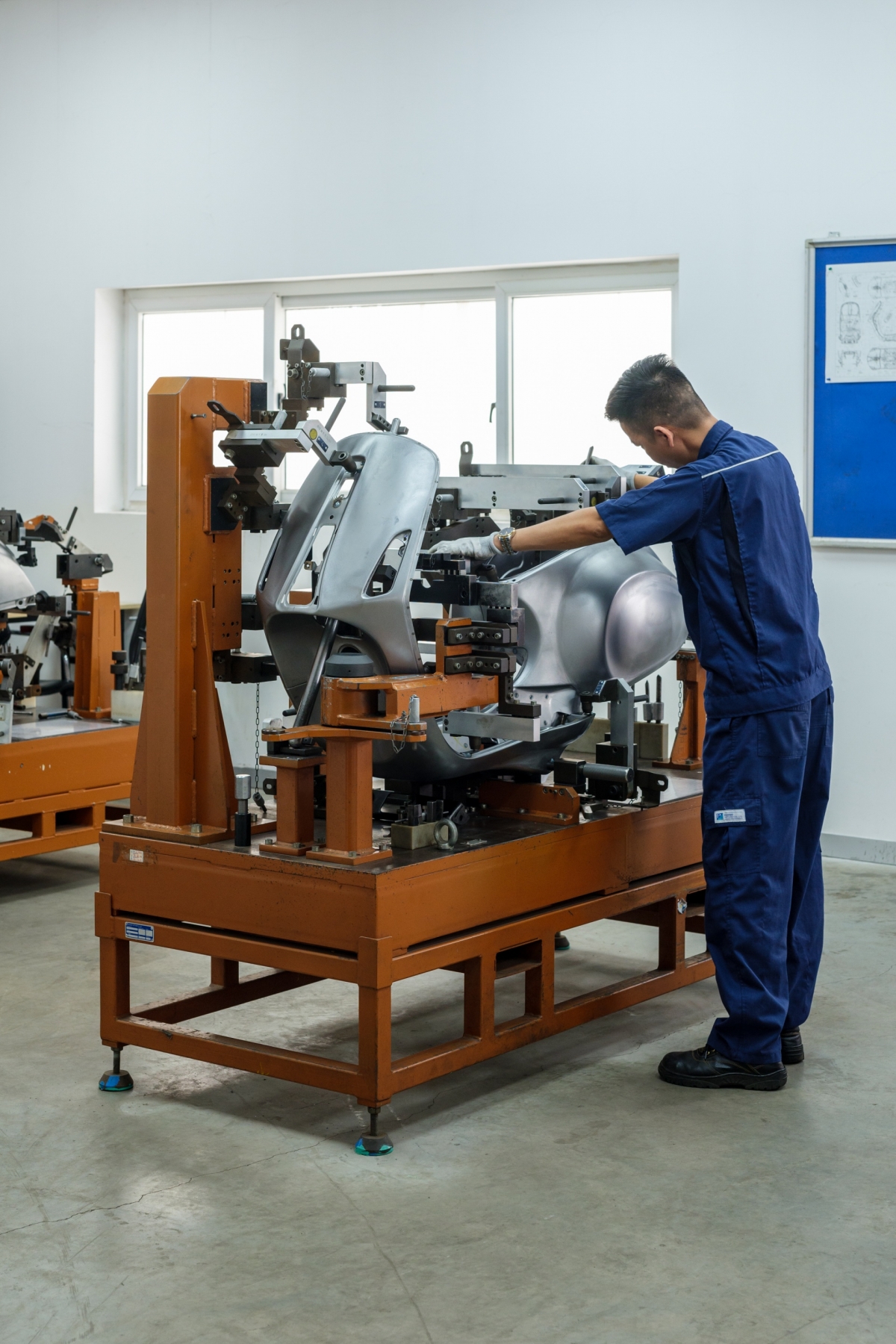INTERNATIONAL INVESTMENT
AND PORTAL
As the economy retains a strong growth rate in 2023, the expansion potential of the industrial real estate market will continue to pique the interest of investors.
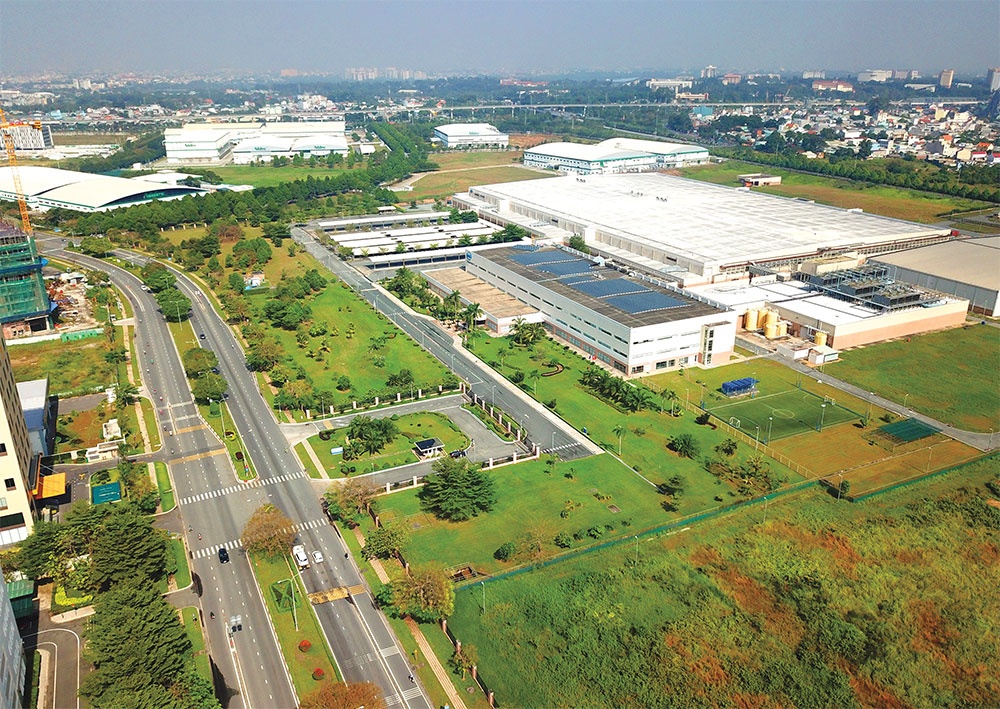 Vietnam will not be exempt from the slowing trend of the global real estate market, Le Toan
Vietnam will not be exempt from the slowing trend of the global real estate market, Le Toan
Due to the steady rebound of the Vietnamese economy and the interest of foreign investors, the value of industrial land in Dong Nai, Long An, Binh Duong, Bac Giang, and Hung Yen is expected to have grown by 30-40 per cent by the end of 2022, according to Savills Vietnam.
Industrial real estate was one of the few categories to retain growth last year, led by the greatest GDP growth rate of 8.02 per cent over 2011-2022. According to the Vietnam Association of Realtors (VARS), the occupancy rate of industrial zones (IZs) in Vietnam surpassed 80 per cent in 2022 and will continue to rise in 2023.
According to VARS, several IZs in Hanoi, Ho Chi Minh City, Dong Nai, Bac Ninh, Bac Giang, and Binh Duong are almost fully occupied. This results in a 10 per cent rise in industrial land rent in 2022 compared to the same time in 2021.
Cushman & Wakefield stated in a January research report that industrial land demand in the first half of 2023 is likely to fall owing to the global economic outlook but will be supported by the “beneficial supply chain move away from China.”
It predicts that industrial land rentals will rise in 2023 owing to increased compensation costs and a lack of available land in Hanoi and Greater Hanoi. The asking price reached $112 per square metre per lease cycle in the fourth quarter of 2022, an increase of 7 per cent on-year owing to the strong demand in the first half of this year. Due to China’s reopening of border crossings and the expansion of port capacity in Haiphong, it is anticipated that Quang Ninh and Haiphong will see a rise in demand.
It is anticipated that Vietnam’s economic growth would oscillate between 5.8 and 7.2 per cent, which is greater than other nations in the area and the aim set by the National Assembly. However, Vietnam is not exempt from the slowing trend of the global real estate market. High interest rates will constrain inflation around the globe, even as production demand tends to decline, particularly orders from the United States and Europe, the research added.
Investigations are now ongoing in Vietnam to “decontaminate and promote transparency” on the corporate bond market. This has a significant impact on the economy and the debt structure of investors, according to Troy Griffiths, deputy managing director of Savills Vietnam. The value of the stock market’s indices decreased by almost 30 per cent.
“The adjustment process will contribute to a more transparent and robust corporate investment climate. As global economic uncertainty subside, we do not believe that investors should rush out of the market. The State Bank of Vietnam is doing an excellent job of maintaining the stability of VND compared to other currencies,” Griffiths said.
According to Griffiths, real estate is an investment for the long run and investors will need other finance sources in the medium and near term. “However, that this effect is transient and would ultimately be addressed to the advantage of the whole market, as more transparency and stronger regulation will lead to fewer difficulties,” he added.
Dr. Vo Tri Thanh, Director Institute for Brand and Competitiveness Strategy
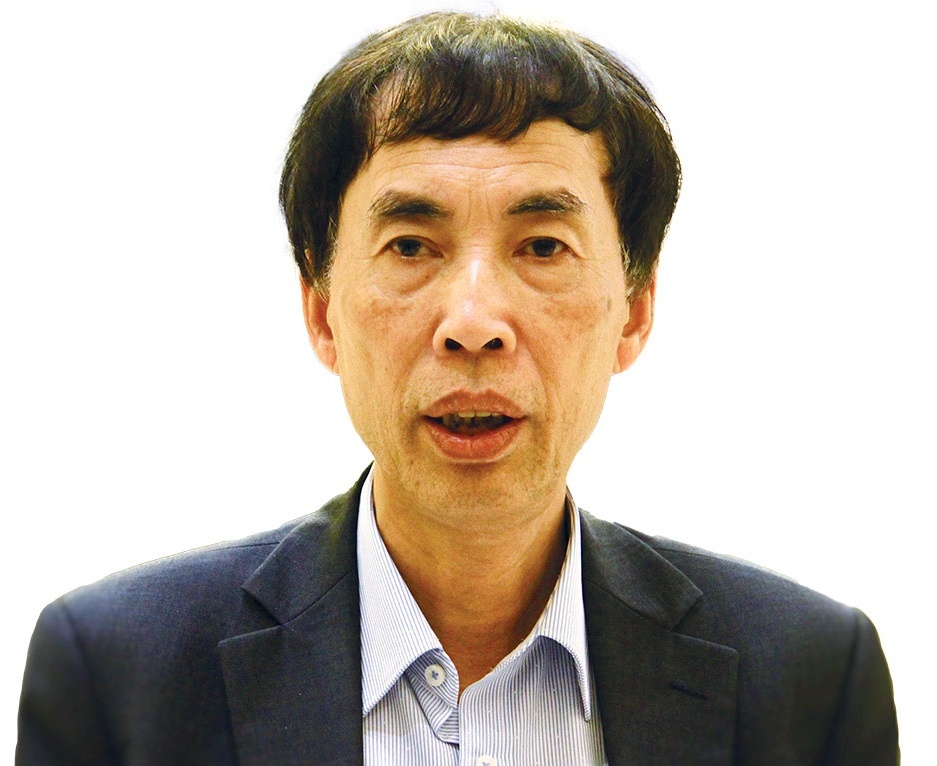
Real estate is a major source of cash flow, is intimately related to the financial market, banking, and financial system, and has several hazards that must be managed.
The corporate bond market flourished last year, but the larger narrative is the development of a comprehensive capital market. The majority of enterprises in Vietnam continue to depend on commercial banks and credit institutions. Meanwhile, the essence of short-term lending for banks is the most fundamental, although medium- and long-term lending pertains to real estate.
The diversity of today’s markets is an additional major topic. In addition to strengthening its capital and credit markets, Vietnam must build a variety of financial institutions, such as real estate development funds, an area in which it is severely deficient. In addition, there is a need for monitoring and data transparency.
This decade, the size of Vietnam’s real estate sector might reach 22 per cent of the economy’s total assets. In 2019, the contribution of the real estate market to GDP was 7.62 per cent.
The added value of the real estate sector was projected to have reached $20.89 billion in 2020, representing 7.7 per cent of GDP. The added value of this sector is projected to reach $53.84 billion by 2025, representing 9.72 per cent of GDP, and $147.7 billion by 2030, representing 13.6 per cent. Source: Vietnam National Real Estate Association
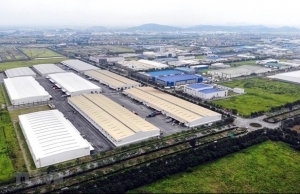 Industrial property an outlier within a weakening market
Industrial property an outlier within a weakening market
In the midst of a difficult time in real estate in many segments, from land plots to individual houses and apartments, industrial real estate remains attractive to both investors and tenants.
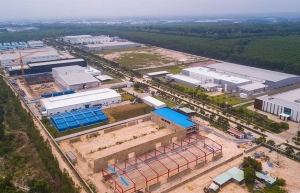 Industrial property taking spotlight
Industrial property taking spotlight
The industrial real estate segment wants to be a bright spot for the country in 2023, and the prospects are there for new funding from neighbouring countries if Vietnam can utilise its advantages to the fullest.
By Hai Van







